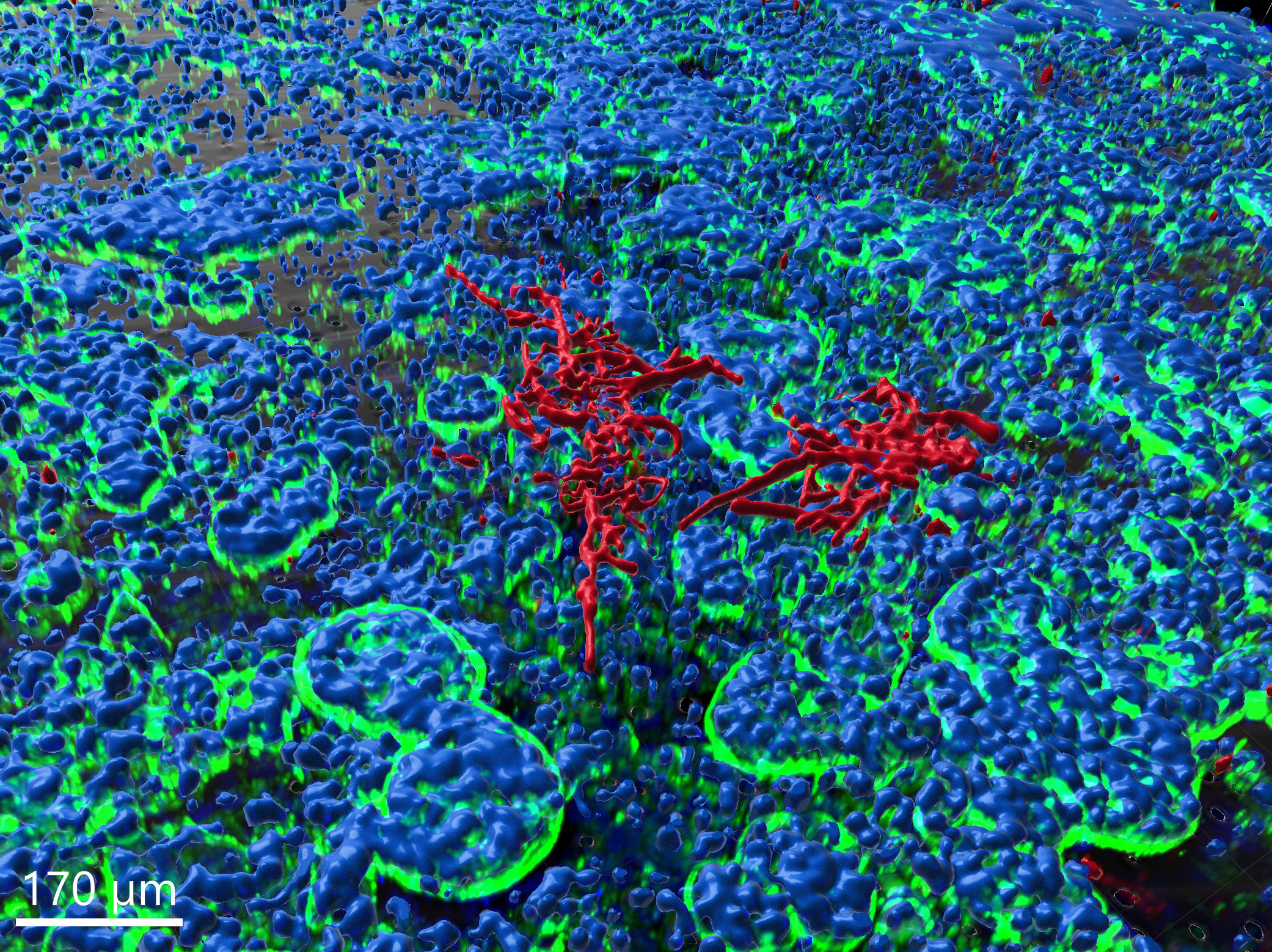Research on microbial pathogens has traditionally relied on animal and cell culture models to mimic infection processes in the host. Over recent years, developments in microfluidics and bioengineering have led to organ-on-chip (OoC) technologies. These microfluidic systems create conditions that are more physiologically relevant and can be considered humanized in vitro models. Here we review various OoC models and how they have been applied for infectious disease research. We outline the properties that make them valuable tools in microbiology, such as dynamic microenvironments, vascularization, near-physiological tissue constitutions and partial integration of functional immune cells, as well as their limitations. Finally, we discuss the prospects for OoCs and their potential role in future infectious disease research.
Nature microbiology






